Welcome to the fourth article based on the Xiangsheng Xiangke food chart that I posted in the “Foods that React to Each other“. Today we continue to cover combinations of food that are naturally healthy on their own, but Chinese traditions (and TCM) suggest they react to each other in various ways. Let’s start with a meat and vegetable combination.
 + “Cauliflower has vitamins and minerals, and when eaten with chicken it can make stronger bones. Combined they also improve the detoxing power of your liver and give your immune system a boost. With that you will fight colds much more easily.” Perhaps a little cauliflower in the traditional Chicken Noodle soup recipe would help.
+ “Cauliflower has vitamins and minerals, and when eaten with chicken it can make stronger bones. Combined they also improve the detoxing power of your liver and give your immune system a boost. With that you will fight colds much more easily.” Perhaps a little cauliflower in the traditional Chicken Noodle soup recipe would help.

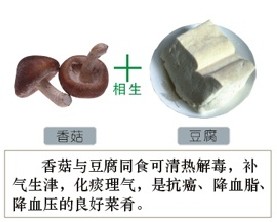
 From a Chinese prospective, these reactions are beneficial to your body. A mushroom/toufu dish is also a good combination because they “reduce phlegm/mucus, are anti-cancerous, reduce blood fat and blood pressure.”
From a Chinese prospective, these reactions are beneficial to your body. A mushroom/toufu dish is also a good combination because they “reduce phlegm/mucus, are anti-cancerous, reduce blood fat and blood pressure.”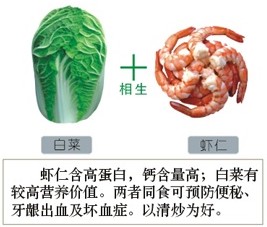
 If you eat both of them together you’ll “prevent constipation, gum bleeding, and scurvy”. The best way to cook them is to “lightly fry them in a pan.”
If you eat both of them together you’ll “prevent constipation, gum bleeding, and scurvy”. The best way to cook them is to “lightly fry them in a pan.”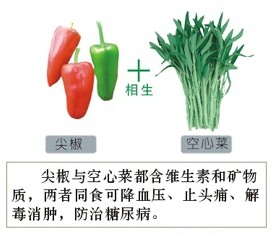
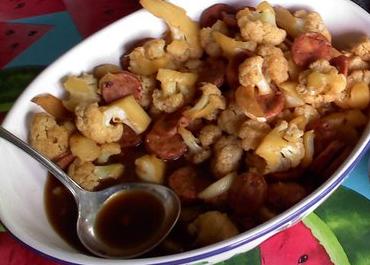

 Although cartoons seem childish, they are very popular across Asia. Not only are superheros enjoyed by all, but also kids cartoons. Avatars (virtual images of ourselves) and funny cartoons are not just for children and can also be part of every adults personality online and off-line.
Although cartoons seem childish, they are very popular across Asia. Not only are superheros enjoyed by all, but also kids cartoons. Avatars (virtual images of ourselves) and funny cartoons are not just for children and can also be part of every adults personality online and off-line.
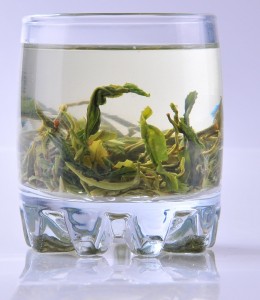

 Custom Search
Custom Search